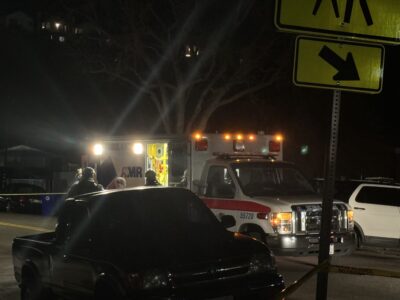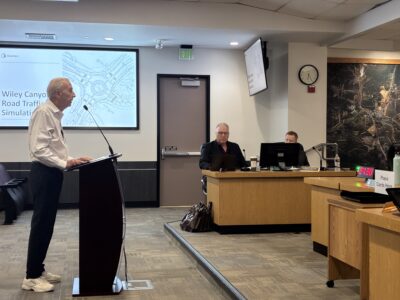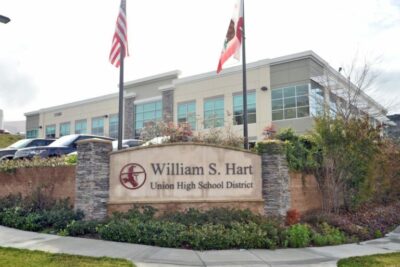A slip and fall might sound like a minor event, but when it happens in the wrong place, the consequences can go well beyond just a bruised knee. These accidents are surprisingly common and often signal bigger problems with the environments we move through every day. Whether in a grocery store, on a cracked sidewalk, or in a poorly lit stairwell, one fall can point to negligence that has gone unnoticed or ignored.
These incidents are not always random. They often result from specific hazards that could have been fixed or avoided entirely. From wet floors with no signage to broken handrails or uneven flooring, each of these details matters when it comes to keeping people safe. When a property fails to meet basic safety standards, it’s not just an oversight, it’s a liability.
For the person injured, the consequences go beyond the moment of the fall. Pain, missed work, medical costs, and emotional stress can linger long after the injury itself. These aren’t isolated issues. They affect lives, families, and livelihoods. That’s why even something as routine-sounding as a slip and fall should never be brushed off. It creates an opportunity to examine the safety culture of a space and how proactive or negligent the property owner has been in maintaining it.
The Bigger Picture Behind Slip and Fall Cases
According to www.lawyersforinjuryclaims.com, slip and fall incidents are more than just unfortunate accidents. In legal and property terms, they are indicators of broader issues tied to responsibility and maintenance. For an injured party, it’s not only about recovering physically but also about figuring out whether the fall could have been prevented. That question becomes central in determining who is accountable.
The legal world treats slip and fall accidents under what’s called premises liability. That means property owners have a duty to maintain their spaces and prevent conditions that can cause harm. If they fail to do that, and someone gets injured as a result, they can be held financially responsible. This framework is designed to hold people accountable not just for what they did, but also for what they didn’t do.
Some cases have revealed larger patterns of neglect, such as repeated complaints being ignored or safety warnings going unheeded. When this happens, it’s not just about one incident, it becomes about a pattern of behavior that could harm others. Courts consider these factors when determining fault, and they help strengthen the case of the injured party. It paints a clearer picture of systemic failures that contribute to personal injury.
How Property Owners Can Prevent the Worst
Prevention begins with basic observation. Property owners and managers should constantly evaluate the conditions of their spaces. That includes checking walkways for cracks or loose tiles, ensuring stairs are secure and well-lit, and dealing with spills or leaks as soon as they happen. These aren’t just tasks on a to-do list, they’re measures that can keep people from getting seriously hurt.
Regular inspections, proper signage, and timely repairs play a huge role in preventing incidents. When safety becomes a priority instead of an afterthought, the risks go down significantly. It’s not just about avoiding lawsuits. It’s about doing what’s right to keep customers, employees, and guests out of harm’s way.
Smart owners also document their maintenance routines. Keeping a record of safety checks, cleaning schedules, and repair reports can be useful in both preventing harm and protecting themselves legally. This not only demonstrates diligence, it also shows that safety is an ongoing concern, not just a reaction to a past incident. It helps establish that responsibility has been taken seriously.
When a Fall Triggers a Legal Battle
Once someone is injured, things can quickly get complicated. They may be dealing with hospitals, insurance companies, and time off work all at once. On top of that, they have to figure out what legal options they have and whether anyone can be held responsible for their injuries. That’s when legal action often becomes necessary.
To prove a property owner was negligent, there needs to be evidence that the unsafe condition existed, that the owner knew or should have known about it, and that they failed to fix it in a reasonable amount of time. That’s not always easy to show, which is why many victims turn to legal professionals for help. The legal process can feel overwhelming, but it exists to ensure people aren’t left carrying the cost of someone else’s carelessness.
Some legal cases stretch out for months, depending on the complexity of the evidence and the level of pushback from property owners or insurance carriers. During that time, the victim may still be recovering, facing bills, or struggling with the long-term effects of their injury. It’s a slow process, but one that can deliver real accountability if approached carefully with the right support.
The Financial and Emotional Fallout That Follows
Slip and fall injuries often come with long-term consequences that people don’t expect. Broken bones, head injuries, or chronic pain can keep someone out of work for weeks or even months. That lost income can be devastating, especially when medical bills are coming in at the same time. The emotional stress of physical recovery combined with financial strain is enough to throw anyone off balance.
It’s not just about the individual’s pain. When someone is injured, their entire support system feels it. Families often have to step in to help, routines are disrupted, and long-term goals may get pushed back or derailed entirely. Whether it’s having to cancel a vacation, delay a move, or adjust work plans, the ripple effect of a single fall can be wide.
Many victims also deal with the emotional aftermath of the fall. Fear of falling again, anxiety in public spaces, or frustration with a slow recovery can take a toll. These emotional injuries don’t show up on x-rays, but they matter just as much. When the legal process recognizes both physical and emotional harm, it gives the injured person a more complete path toward justice.
What This Means for Everyone Who Walks Through That Door
Slip and fall accidents may seem simple at first glance, but they reveal a lot about how seriously a property owner takes safety. Every case that goes to court sends a message to other businesses, landlords, and property managers about the importance of vigilance. These aren’t just isolated events. They are reminders that a safe space doesn’t happen by accident, it happens by design.
For people injured in a slip and fall, the legal system can offer more than just compensation. It can offer closure and a sense that their pain wasn’t ignored or dismissed. Taking action doesn’t just help the victim. It also creates pressure on others to do better, reinforcing the idea that safety is not optional.
The conversation around slip and fall incidents is changing. More people are speaking up, documenting unsafe spaces, and demanding accountability. That’s progress, and it’s built on the backs of those who chose to speak out after they were hurt. Each case that’s brought forward has the potential to make someone else’s future safer.






